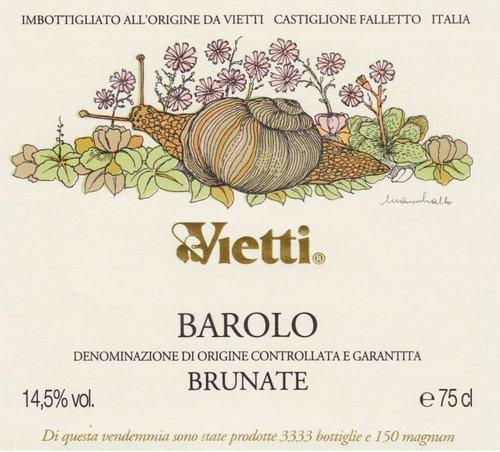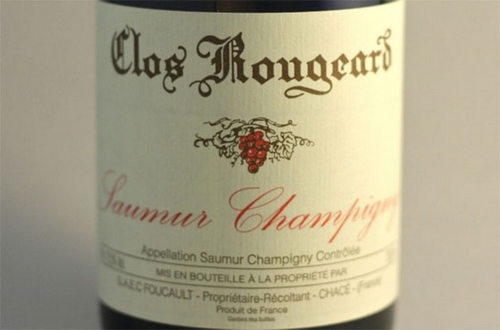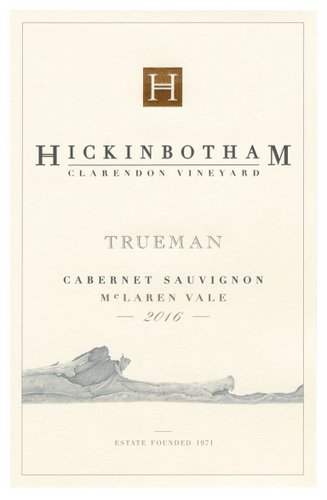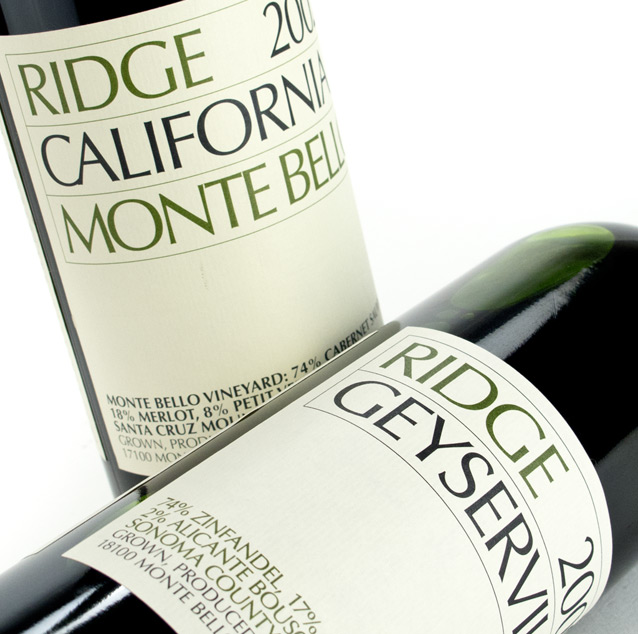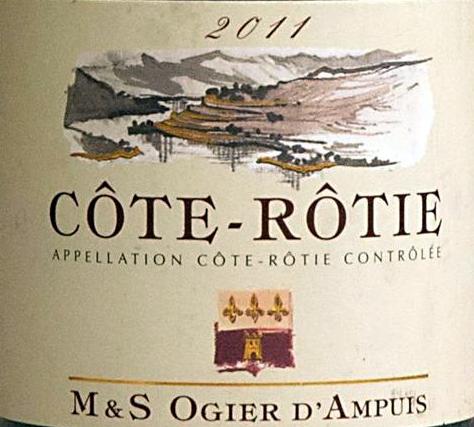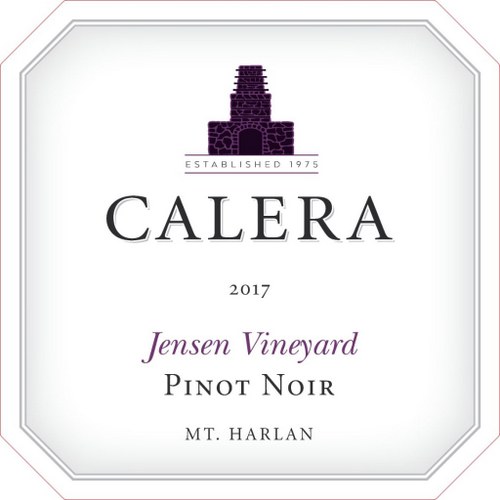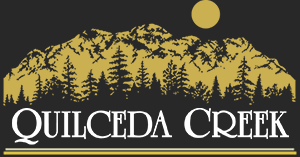Clos Rougeard
Hickinbotham Trueman Cabernet Sauvignon
Ridge Monte Bello
S & M Ogier Côte Rôtie
Calera Jensen Mt Harlan Pinot Noir
Quilceda Creek 2011
Farmstead High End Red Wine Club – March Allocations

Raúl Pérez Ultreia de Valtuille – Organic (Choice of 2011 or 2012 Vintages)
Raúl Pérez Pereira is universally considered to be one of the world’s most visionary winemakers. Since he produced his first vintage for his family’s winery in 1994 at the age 22, he has been in the forefront of the conversation about what has been called “The New Spain”.
In 2005, he left his family business to strike out on his own, creating Bodegas y Viñedos Raúl Pérez, which quickly became the point of reference for the Bierzo appellation. In the intervening years, he has expanded his sphere of activity to include the appellations of Rías Baixas, Ribeira Sacra and Tierra de León, but his heart and his home remain in Valtuille de Abajo, the village in Bierzo where his family has been tending vines for well over 300 years.
In addition to numerous other accolades, Raúl was named “Winemaker of the Year” by German publication Der Feinschmecker in 2014 and “Best Winemaker in the World” for 2015 by the French publication Bettane+Desseauve.
Farmstead High End Red Wine Club – February Allocation
High End Red Wine Club – February Allocation
Kosta Browne Pinot Noirs (Conventional farming)
Choose One:
Sonoma Coast
Sta. Rita Hills

Michael Browne and Dan Kosta are alumni of a noted Sonoma County restaurant, John Ash and Co. Michael followed a circuitous route to get there. He was born in the San Francisco Bay Area, but grew up in Washington State. Upon returning to Santa Rosa in 1987, he enrolled in pre-requisite courses at Santa Rosa Junior College to become an architect. During schooling, he worked in wine retail and at a number of restaurants. It was at John Ash and Co that Michael developed a deep love for wine and food and the agricultural pursuit of winegrowing. His ultimate goal became to make a living as a winemaker.
Dan Kosta was a native of Sonoma who grew up around wine. Dan’s father owned a wine store in Santa Rosa and wine was a frequent topic of discussion at the household dinner table. After joining the staff at John Ash & Co, Dan worked his way up to Head Sommelier. He too, had a desire to be involved in a winery, and in 1997, he teamed with Michael to make the first Kosta Browne wine.
They put all of their tip money into a “co-op” cookie jar placed in the restaurant’s kitchen. After raising $2,600, they bought a half ton of Pinot Noir grapes, a single barrel, and a used, hand-cranked de-stemmer and crusher to produce their first vintage. That same year, Michael left John Ash & Co and became assistant winemaker at Deerfield Ranch Winery in the Sonoma Valley.
In 2001, they teamed with Chris Costello and family who provided a fiscally conservative and thoughtful business plan and success followed shortly thereafter. Michael likes to say he learned his winemaking at “ Hard Knocks University.” It didn’t take him long to achieve a measure of recognition.
The 2003 vintage was highly regarded by wine writer James Laube of the Wine Spectator. He awarded all of the 2003 Kosta Browne Pinot Noirs scores ranging from 90 to 96. The mailing list quickly filled up and Kosta Browne was on every pinotphile’s radar. Kosta Browne quickly became a member of the current band of prestigious Russian River Valley wine producers, many of whom had been crafting notable Pinot Noir since the 1980s. Kosta Browne bounced around, sharing space in several wineries for awhile.
They eventually found a spacious home in the old Vacu-Dry apple processing plant in Sebastopol. Here they have been able to further refine their craft and follow their commitment to producing better and better wines.
In 2009, the winery sold majority control to Vincraft, for, depending on the report, $36 to $40 million. Vincraft is an investment group headed by former Beringer executives Walt Klenz and Pete Scott along with Bill Price, the Chairman of Vincraft which also owns Gary Farrell.
Dan Kosta, Chris Costello and Michael Browne continue as minority partners (they own just shy of half) and remain at the winery in their current sales and marketing, management and winemaker roles.


